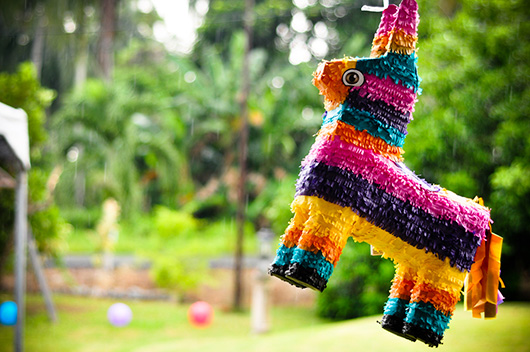
[Mamiverse’s Bilingual Plus is an online channel devoted to bringing parents and educators the bilingual learning tools they need in the form of digital picture books, sing-alongs, and free curriculum-based family activities.]
Last week I shared some crafts that are good for learning about a few of the beautiful countries in Latin America. This entire article, however, is dedicated to our nearest neighbor, Mexico, which has had a long and intricate relationship with our nation.
Mexico is the second largest Spanish-speaking Latin American country and boasts 62 indigenous languages. The variety of indigenous cultures within Mexico has had a significant influence over their traditions, foods, and arts; in no small measure, this contributed to its rich cultural tapestry. But the country has also been heavily influenced by its interactions with the international community, too. Below are some of my family’s favorite Mexican crafts.
CASCARONES
Cascarones originated in China. Elegant and valuable, they were filled with perfumed powders, which made them very popular with affluent women. They were introduced to Mexico in the 1860s by Emperor Maximilian’s wife, Carlota. Before long, the powders were replaced with colorful confetti and then given their official name, “cascarones.” Each year after Easter, I stock up on the egg-dying kits so that we can enjoy making cascarones year-round. (But you can easily make your own egg dye solutions.) You can find a simple tutorial here:
PIÑATAS
The origins of the piñata are a little harder to pin down. Historians say that the tradition of the piñata may have originated in China (again!), and spread throughout Europe thanks to Marco Polo. However, when Spanish missionaries tried to use their piñatas to attract the indigenous people to their ceremonies, they found that the Aztecs and Maya already had a similar tradition and used decorated clay pots in their own games and celebrations. ArtistsHelpingChildren.org has a nice selection of piñata crafts from which you can choose:
GOD’S EYE
The ojo de Dios, or God’s eye, originated with the Huichol Indians who live near Jalisco in the Sierra Nevada Mountains. They are traditionally given to newborns so that they might enjoy good health and a long life. They are also used on altars to capture God’s attention on behalf of the one who is praying. The four points on the ojo de Dios represent the four elements: fire, earth, air, and water. I like this tutorial with its easy directions on The Caron Collection:
RETABLOS
Referred to as “láminas” in Mexico, the retablo took hold in the country’s traditional religious beliefs during the 17th through 19th centuries. Retablos are small paintings on wood, tin, or copper. They typically portray one of the Catholic saints. These paintings were used on home altars to honor the family’s patron saints. The New Mexico History Museum has an awesome downloadable Teacher’s Guide that they created for their exhibition, Tesoros de Devoción: Treasures of Devotion. It is very hard to find online directions on how to make your own retablos, but I found simple tutorials on OurHouse and on GrantThomasOnline:
AMATE BARK PAINTINGS
Amate bark paper is a Mesoamerican tradition, which was developed about the same time as rice paper in China and papyrus in Egypt. Sacred to the Mayans and Aztecs, it was used to record their history and discoveries. After the conquest of the Americas, Spanish priests waged a war to repress the production of the paper, which they viewed as a form of idolatry. But the craft survived thanks to the dedicated efforts of the Otomi village, San Pablito. Today, three indigenous groups – the Otomi, Nahua, and Tepeha – have revived the art. In the 1960s, Nahua artists came up with the idea to paint pictures on the Amate paper and the fervor for Amate bark paintings was born. I like Deep Space Sparkle’s easy art project and Family Fun’s version, too:
PAPÉL PICADO
During the 16th century, trade routes between China, the Philippines, and Acapulco brought trade goods to Mexico, including the very fine papél de China used to wrap the fragile porcelains in demand as far as New Mexico. The decorative paper was used for a variety of crafts, but quickly became the basis for papél picado. The tradition of paper cutting was already popular throughout Eurasia, but artists in Mexico established their own distinctive style through their designs and use of special tools. Instead of using a pair of sharp scissors, papél picado is made using sharpened chisels of varying shapes and sizes. Today, the village of San Salvador Huixcolotla, Puebla, is one of the leading producers of papél picado.
I love Multicultural Familia‘s easy, printable papél picado suitable for preschoolers–and StoryboardToys has a slightly more challenging pattern for older students:
Happy crafting!
Editor’s Note: This is Part 2 of a two-part series on Multicultural Crafts to Celebrate Hispanic Heritage Month.



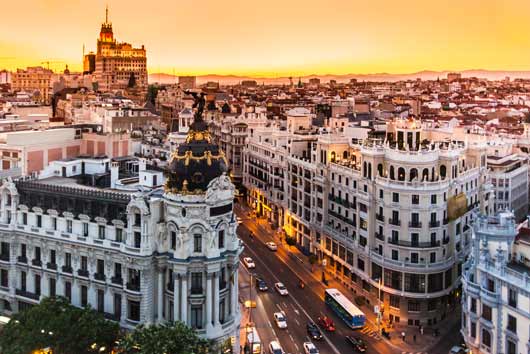


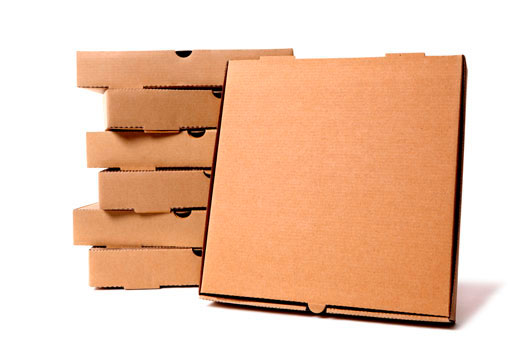

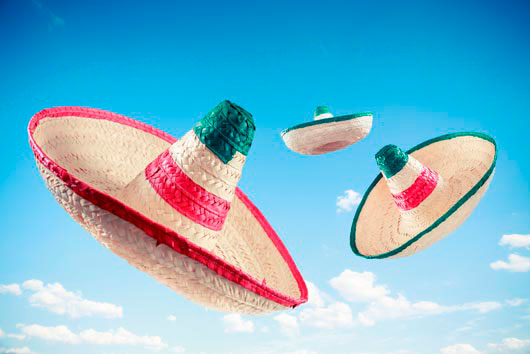

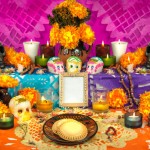

Trackbacks & Pingbacks
[…] in honor of Hispanic Heritage Month. Part 1 focuses on different countries in Latin America, while Part 2 shares the more familiar crafts—like piñatas and papel picado—from […]
Leave a Reply
Want to join the discussion?Feel free to contribute!